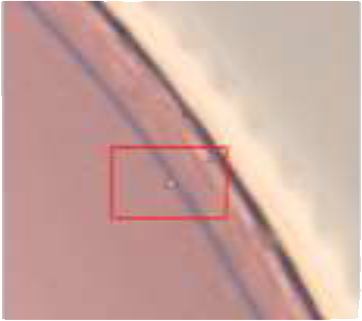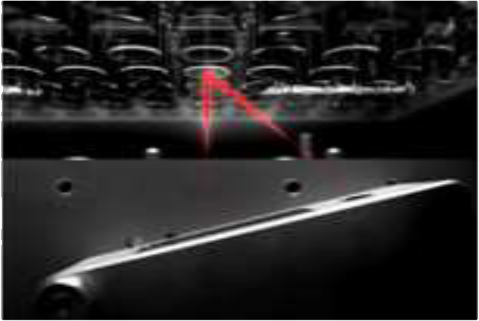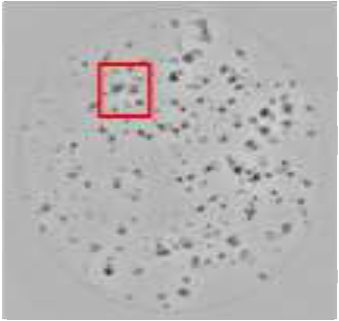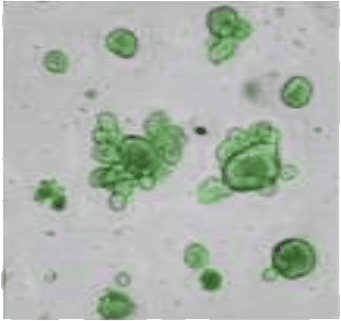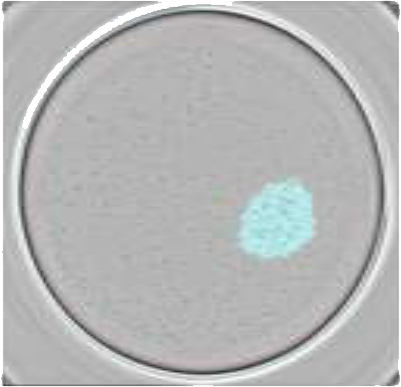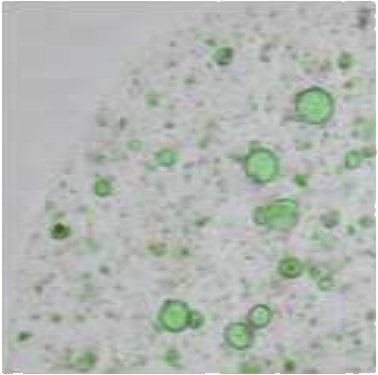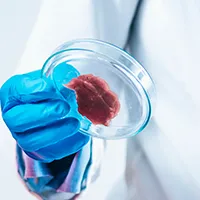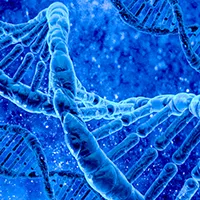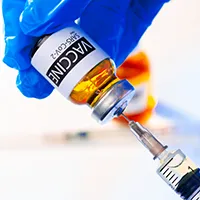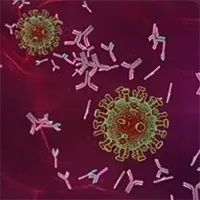Countstar Castor High-Throughput Cell Analyzer Ultrafast – Smart - Versatile
The Countstar Castor high-throughput analyzer integrates innovative optical technology and artificial intelligence (AI) imaging processing algorithms to deliver accurate results at ultrafast speed for a wide range of high- throughput cell or organoid assays.
- Laser ranging auto focusing ensures clear and high-resolution images on 2D cell cultures using any common multi-well plate.
- Rapid Z-stack imaging and projection enables ultrafast 3D image acquisition for organoid samples.
- AI-powered imaging processing algorithms provide accurate cell or organoid identification and
characterization, even for challenging samples with mixed cell populations.
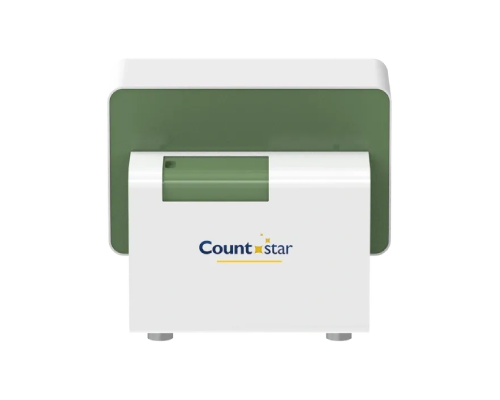
Countstar Castor
The Most Versatile High-Throughput Cell Analyzer
- 2D cell culture: Monoclonality, B-cell clone selection, transfection
efficiency, virus plaques, confluency, ... - Organoid culture: growth monitoring, viability, drug response, co-
culture cytotoxicity, ...

